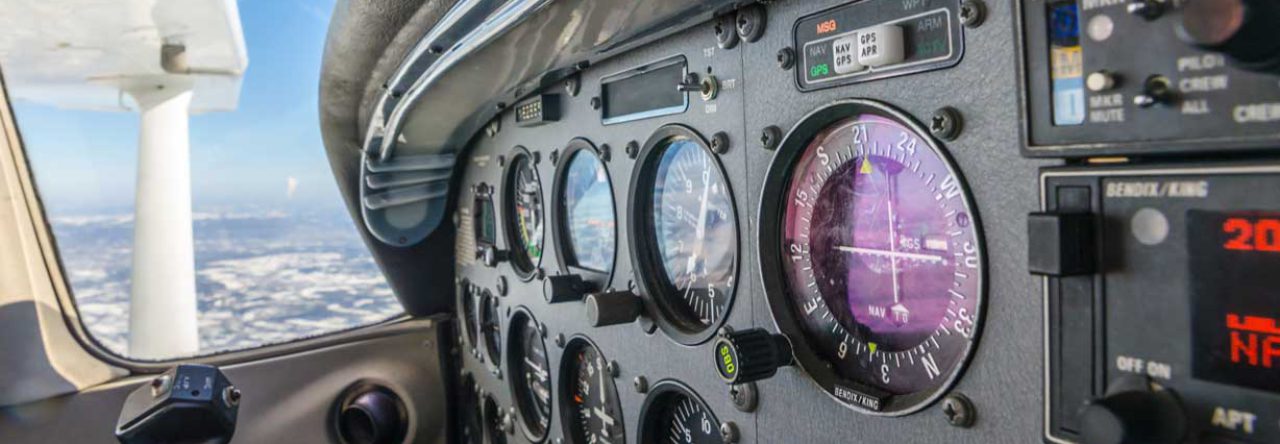Today I got a text a couple of hours before my flight from my instructor that said “Plz 0lants round robin screen today”. After a minute or two of puzzling at this, I got another “Oops.. please plan a round robin to Siler City today (stupid phone)” This one made more sense. I broke out my chart and drew a line from KTTA to KSCR and got a heading and calculated the magnetic heading. I also picked out some nice visual waypoints to use in case we were going by strict pilotage. There is a sweet power line that runs parallel to 64 west and I can basically sit right between the two all the way to KSCR.
I preflighted one of our aircraft that has more than average squawks and I added another one to the list but we will get to that one later. Squawk for the un-initiated is a term used to describe issues seen with an aircraft so that other pilots and the Mechanics to see.
After I finished the pre flight we sat down to discuss the flight. My instructor said, “I see you have a nice line connecting Raleigh Exec to Siler City but we are going to use Pilotage today.” Yes! I planned for that. After showing her my pilotage plan, she nodded and we headed out to start off on our adventure. She told me that today, I would navigate and make all of the radio calls. Which is a good thing because the bird we are flying has a Squawk that the co pilot side push to talk is inoperable. I figured this flight was more about seeing if I could make it to Siler City and back safely if I were solo.
I took off and made the radio calls to leave the pattern. I also advised the other training flights in the area that I would be paralleling 64 west to Siler City at 2500. It was pretty quiet along the way so I looked for landmarks on my chart and pulled up Siler City so I could get the AWOS and CTAF frequencies. While messing around I noticed I lost about 250 ft of altitude… ugh… sloppy. I re-trimmed and kept an eye on it the rest of the flight. Nothing too exciting other than conflicting radio calls to which runway was in use, I setup and other than being a little high… the landing was ok. Just ok. We taxied to the end and decided to take off in the other direction since it seemed the traffic has all left and that was the runway the wind favored. I perform a before takeoff and position on the runway.
“Runway heading looks good, heels to the floor, throttle up. Engine is green, green, green. Airspeed is……… airspeed is….. airspeed is not alive, aborting takeoff.” I pulled back the throttle made sure I had control and slowed down to the end of the runway where we pulled off and pondered the issue. In our club, we have pitot covers that cover the pitot tube but sit on a hinge. There is a tab on the top that catches the airflow and flips the cover up exposing the pitot tube to the air. We figured that for some reason, this thing didn’t come up. We decided on one more takeoff attempt before shutting down to figure it out.
We line up and I go through the calls this time, airspeed is alive so we continue the take off. I proceed to pilot us back to KTTA using the same landmarks as coming back. This time the power lines to the right and 64 E on my left. On the way back I was very cognizant of the altitude and kept us right at 2500 ft. 6 miles out I made a position call, 3 miles out my final position call before entering the pattern. Entered the pattern, base, final and touchdown. A little to the right of center, ugh. Not my best landing day but serviceable.
As we taxi back my only feedback was blowing the altitude by 250 ft while fiddling with my stuff. And also that in my 10 mile radio call I didn’t ask for traffic advisories. Not a huge deal but good habit to get situational awareness.
Once we got back, I tied the airplane down and added a few things to the aircraft squawk book. One about the airspeed inop instance and the other was that the flaps were very slow to move and made a loud humming sound. It was the first time that I have entered a squawk.
Overall, I felt pretty good about the flight and felt comfortable with the whole process. My next flight will be with the Chief Flight Instructor to perform my pre-solo check. Fingers crossed!

Leave a Reply